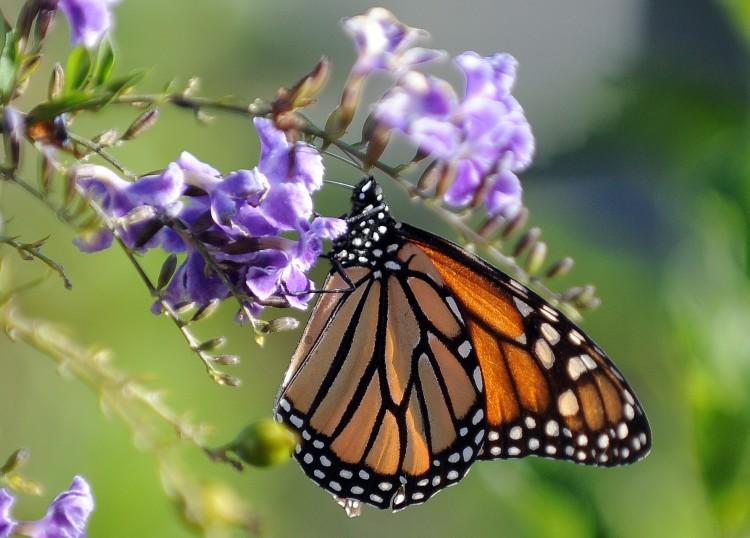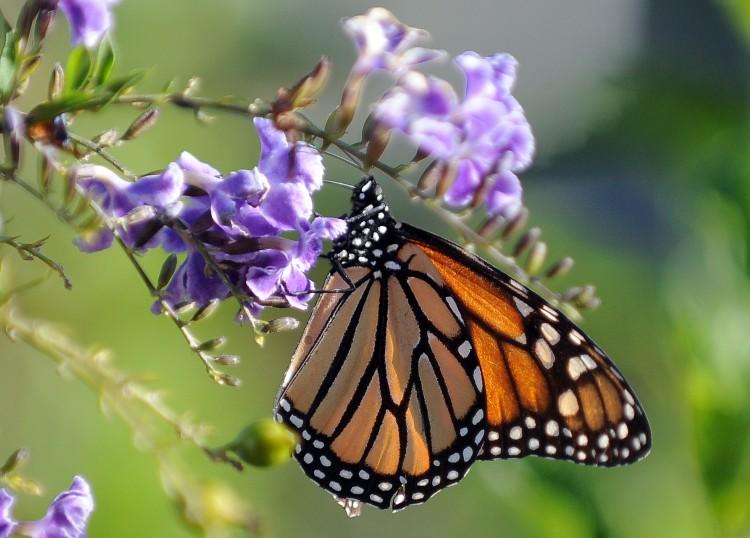In a rare phenomenon, Monarch butterflies are being found as far North as central Alberta this summer in what biologists are calling the species’ biggest movement north in recorded history.
The Monarch can normally be found anywhere in Canada from Newfoundland to Vancouver Island, but they rarely venture as far North as Edmonton. This year they have been spotted in all 10 provinces, migrating home from their winter grounds in Mexico.
“Monarch butterflies are being seen hundreds of kilometres [further] north than usual,” says Jeremy Kerr, a conservation biologist with the University of Ottawa who studies butterfly migration patterns.






